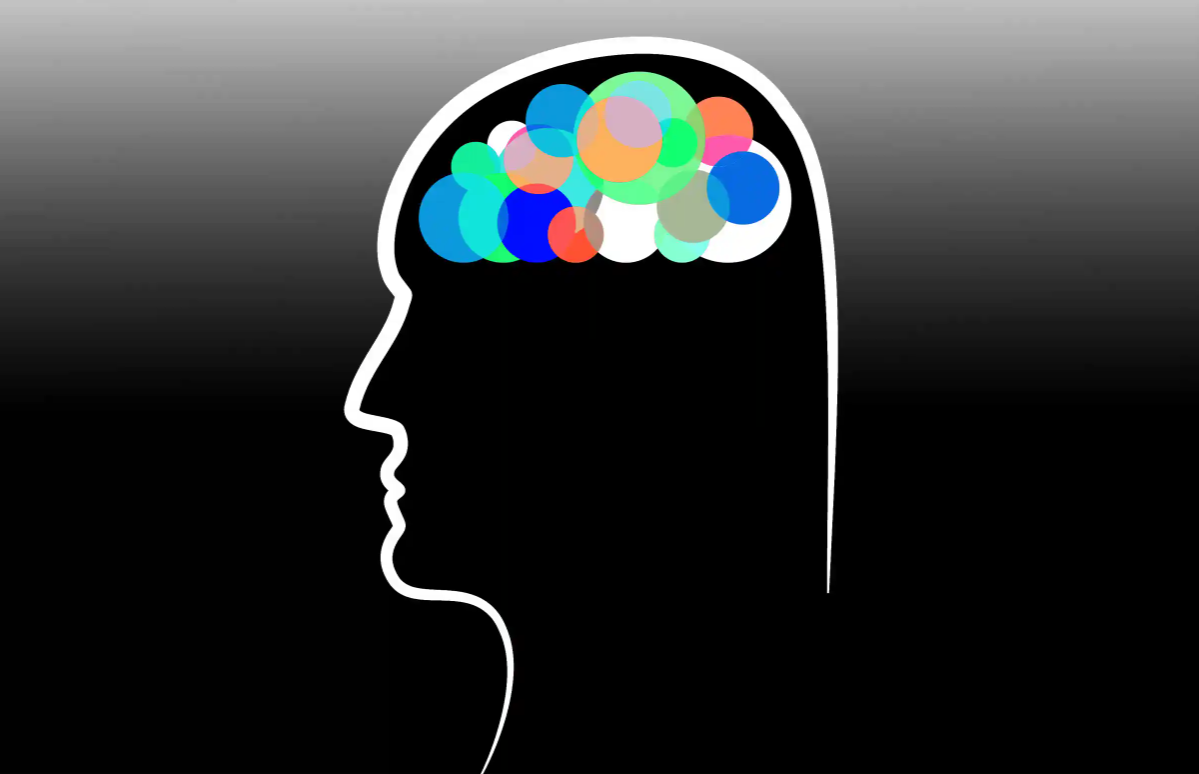Individuals with Somatic Symptom Disorders (SSD) are the subject of numerous myths. We frequently hear that the symptoms experienced are ‘all in their brain’. Some people might argue that SSD sufferers are overreacting to little issues. The reality is that SSD exists, and individuals affected by it may experience tremendous distress and interruptions in their lives. Thus, it is crucial to distinguish between this mental illness’s truths and myths.
The diagnostic criteria for SSD include one or more distressing somatic symptoms, and may result in significant disruption of daily life. Excessive thoughts, feelings or behaviours are also related to somatic symptoms or associated health concerns. Although different symptoms may come and go, the state of being symptomatic lasts at least six months.
Myth 1- SSD is only common in adults.
Indeed, somatic symptoms are rather typical in paediatric populations. These disorders can manifest their symptoms at any age; they may do so in childhood, adolescence, or adulthood. Usually, however, it starts around the age of 30. Children with SSD may often be missing school, this is because they would appear to be experiencing symptoms for which there is neither a cause nor a remedy. This might result in the parents experiencing distress.
Myth 2 – Individuals with SSD cannot be taken seriously.
Somatic symptoms can significantly interfere with a person’s everyday life and be just as incapacitating as those brought on by a physical illness. Some may criticise people with SSD for ‘overreacting’ or having ‘imaginary’ symptoms. The distress that these symptoms cause is extremely real. It is a prevalent misperception that individuals with SSD would be fabricating symptoms to get attention or further medical care. This might be the case in some circumstances, such as a factitious disorder, but not in the case of SSD. SSD individuals experience their symptoms, which may impair their capacity to carry out tasks or take part in particular activities.
Myth 3 – Pain is the only symptom of SSD.
One of the most typical symptoms of SSD is pain. Almost any portion of the body may be painful for those who have this disorder. Headaches, back pain, chest discomfort, pain in the arms or legs, joint pain, and stomach cramps are a few examples. Other symptoms besides pain can appear. Shortness of breath, weakness, fatigue, muscle spasms, loss of speech, difficulty moving, dizziness, numbness, indigestion, rapid heartbeat, and sleep issues are other symptoms that people with SSD may face.
Myth 4 – Medication is the primary treatment for SSD.
Psychotherapy is typically used as part of SSD treatment. Individuals who get CBT and mindfulness-based therapy can learn how to control their symptoms. They must develop efficient coping mechanisms to deal with symptoms healthily. Individuals may learn how to identify and avoid situations that make their symptoms worse or develop coping mechanisms for when symptoms do occur.
SSD frequently co-occurs with other diseases like anxiety or depression. To manage symptoms brought on by these illnesses, treatment programs must also target them. Stress is a common contributor to symptoms, thus antidepressants, especially selective serotonin reuptake inhibitors (SSRIs), are beneficial for treating it. Some herbs such as Lavender and St. John’s Wort can also promote relaxation.
If you think that you can benefit from professional support on this issue you can reach out here.
Charlot Cauchi is a Gestalt Psychotherapist at Willingness. He has experience working with adult clients with mental health difficulties, anxiety and depression, loss and grief, traumatic experiences, stress and relational issues.
References:
American Psychiatric Association. (2013). Diagnostic and statistical manual of mental disorders (5th ed.). American Psychiatric Association.
Robitz, R. (2018). “What is Somatic Symptom Disorder?” American Psychiatric Association.

